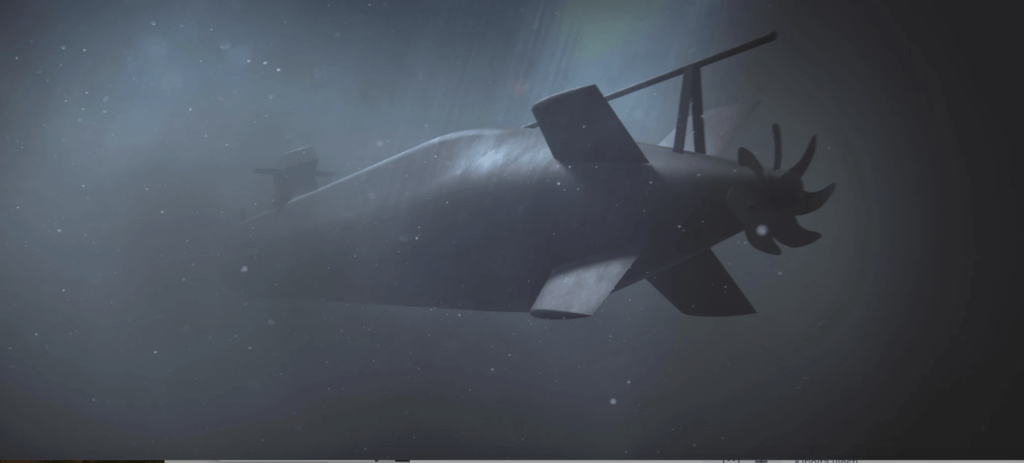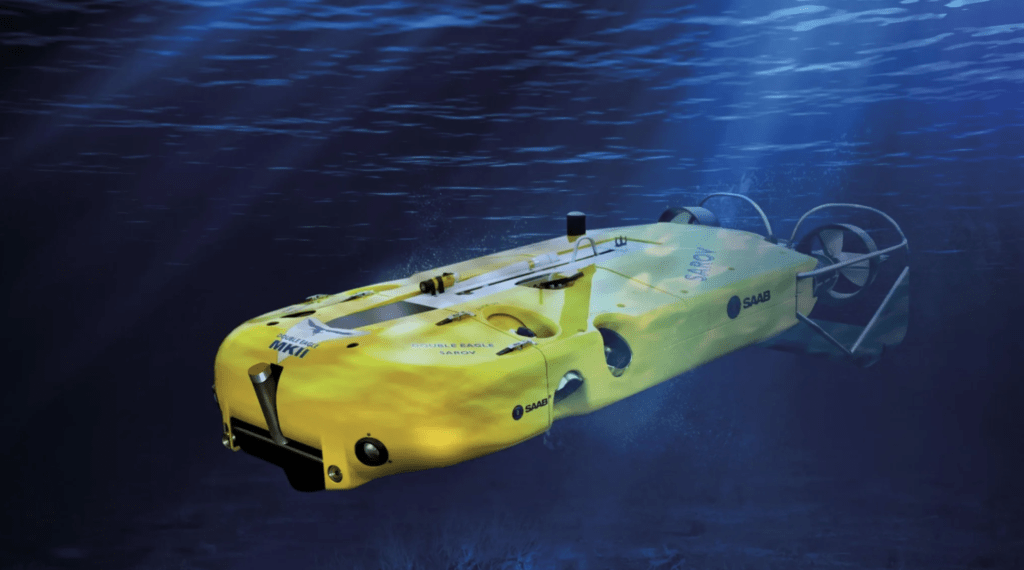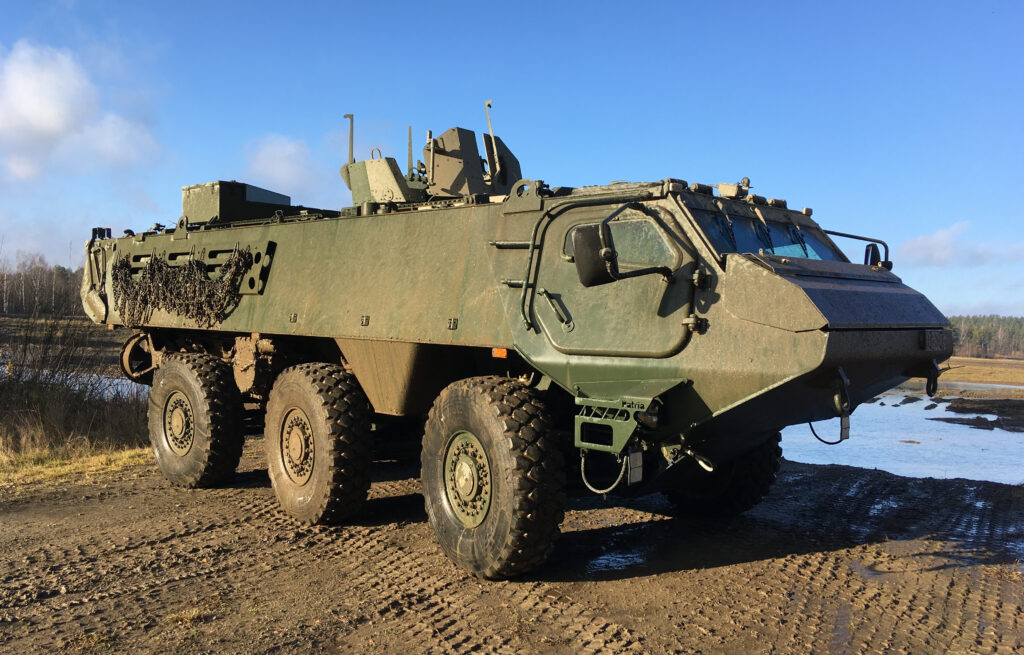Saab secures contract for Double Eagle SAROV with Kuwait, boosting its standing in the Global submarine market.
Saab AB has recently announced a significant contract with the U.S. Navy to supply the Kuwait Naval Force with its advanced Double Eagle Semi-Autonomous Remotely Operated Vehicle (SAROV). This move not only strengthens Kuwait’s naval capabilities but also solidifies Saab’s position in the fiercely competitive global submarine market.
These Saab’s submarines operate without needing atmospheric oxygen, using Air-Independent Propulsion (AIP) technology.
A Game-Changer for Kuwait
Saab’s Double Eagle SAROV is renowned for its versatility and safety in mine countermeasure (MCM) missions. This system can function both as an Autonomous Underwater Vehicle (AUV) and a Remotely Operated Vehicle (ROV), adept at mine detection, classification, identification, and disposal. The procurement of this system through the U.S. Navy’s Foreign Military Sales (FMS) program is a significant step for the State of Kuwait’s Naval Force, enhancing its operational capabilities in undersea warfare.

Submarine Market Is Booming
The global submarine market is poised for substantial growth, projected to reach $33.9 billion by 2031 from $23.3 billion in 2021, growing at a Compound Annual Growth Rate (CAGR) of 4.0 percent. In 2023, the market is estimated to grow from $17.86 billion to $18.87 billion, reflecting a CAGR of 5.7%. By 2030, it’s expected to reach $35.54 billion with a CAGR of 3.97 percent from 2023.
In this burgeoning market, Saab AB stands alongside major market participants such as BAE Systems Plc, DSME Co. Ltd., Fincantieri Spa, General Dynamics Corp., and others. Saab’s entry into this competitive arena with its Double Eagle SAROV underscores its commitment to innovation and quality in submarine technology.
Expanding Production and Collaborations
Developed in Linköping, Sweden, Saab’s Double Eagle SAROV represents a milestone in the company’s expansion strategy. Saab Inc.’s Autonomous and Undersea Systems Division is set to produce parts of the system in collaboration with production sites in Sweden, the United Kingdom, and Denmark. This international collaboration highlights Saab’s ability to leverage global resources and expertise.
Erik Smith, President and CEO of Saab in the U.S., expressed enthusiasm about introducing this undersea vehicle capability in the United States, positioning Saab for further market expansion in the region.
Strengthening Middle Eastern Ties
Saab’s contract with Kuwait marks an extension of its growing presence in the Middle East. Killian Swift, Executive Vice President, Head of Region Middle East and Africa at Saab, emphasized the company’s dedication to delivering robust solutions that meet evolving customer requirements. This contract with Kuwait is a testament to Saab’s commitment to strengthening its partnerships and capabilities in the region.
AIP – Stealthier Than Nuclear

Air-independent propulsion (AIP) is a technology used in marine propulsion that enables non-nuclear submarines to operate without needing atmospheric oxygen, which is typically accessed by surfacing or using a snorkel. This technology can enhance or even replace the traditional diesel-electric propulsion systems found in non-nuclear vessels.
Modern non-nuclear submarines, utilizing AIP or battery power, have the potential to be more stealthy compared to their nuclear counterparts. This is because, while some contemporary nuclear submarine reactors employ natural circulation methods to reduce noise, the majority still use pumps for coolant circulation, which generates a detectable level of sound. In contrast, non-nuclear submarines operating on AIP or battery power can achieve almost complete silence. Although nuclear-powered submarines generally excel in terms of prolonged submersion, speed, range, and deep-sea capabilities, the smaller, advanced non-nuclear submarines are particularly effective in near-shore operations. They also present a considerable challenge to the larger, less agile, and more audible nuclear submarines.
In the Saab submarines, the Kockums Stirling AIP system engine is quiet and vibration free. No vibrations spread out to the hull making the submarine silent in the water and therefore difficult to find. By heating and cooling the gas in a Stirling engine, the piston can move in a cylinder. The submarine can then use cold seawater for cooling and liquid oxygen and diesel to create the heating of the engine.
See more:



